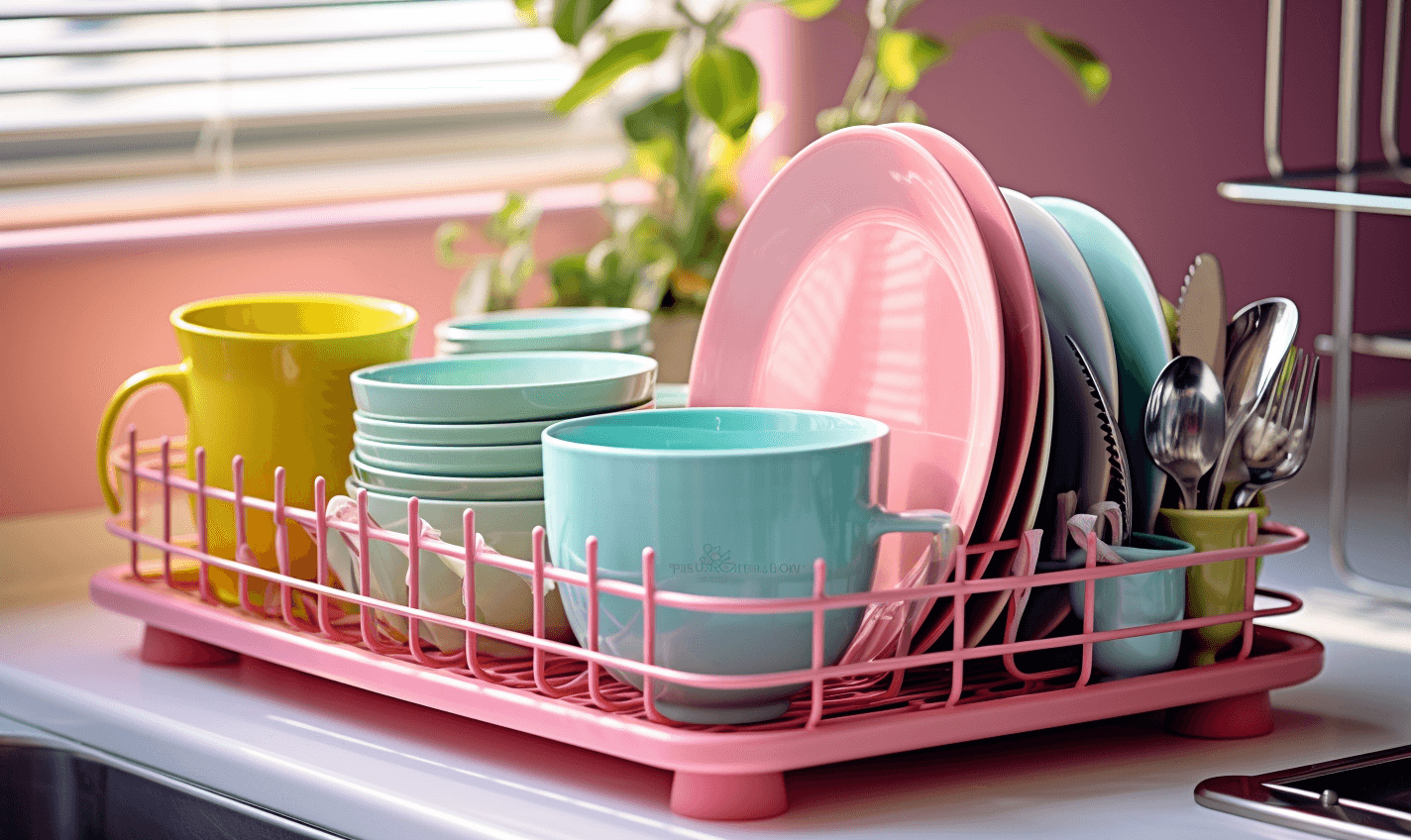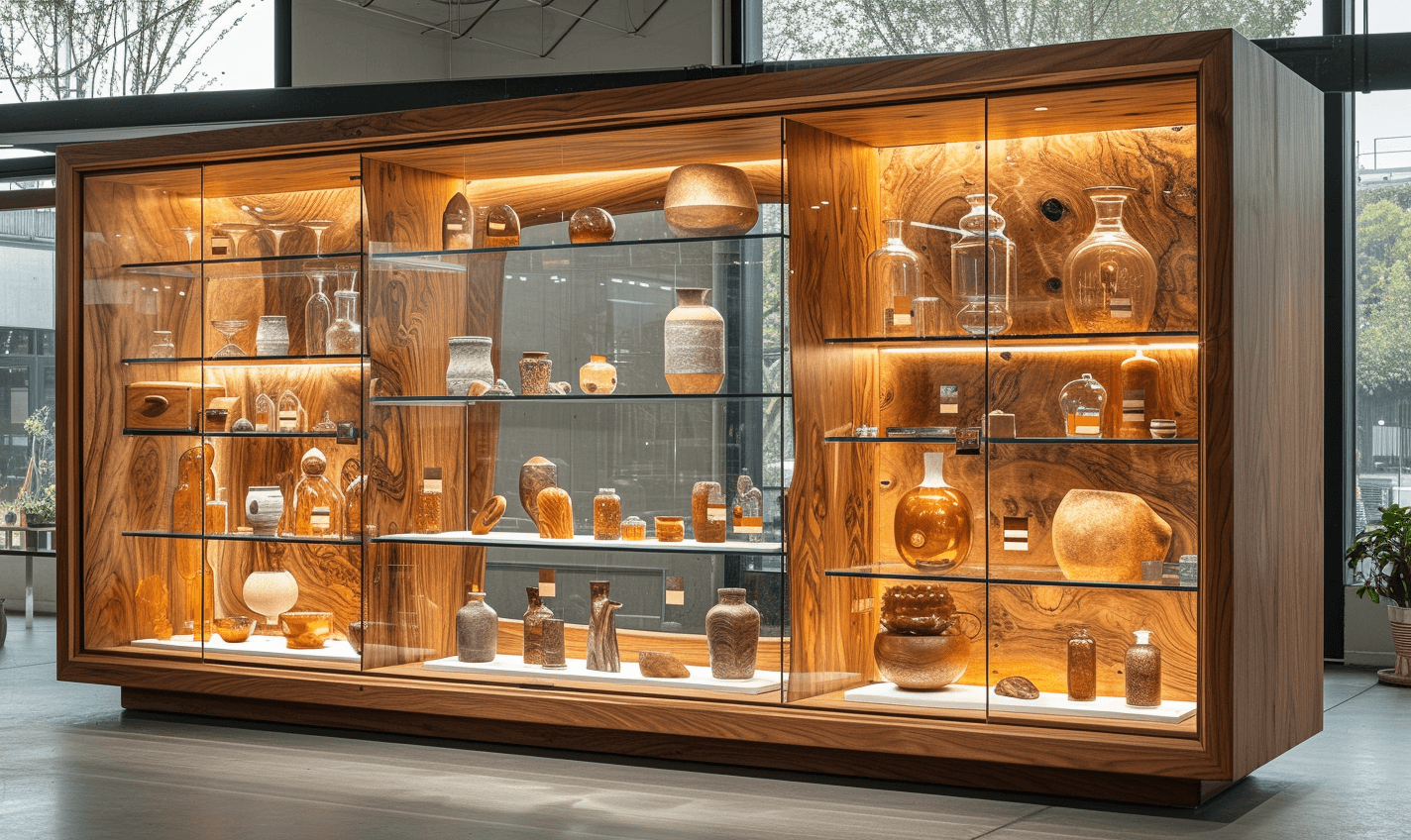Introduction
When it comes to providing a comfortable and secure space for your furry friend, choosing the right size dog crate is crucial. A crate serves various purposes, including house training, travel safety, and creating a secure den-like environment for your dog. In this guide, we will explore the factors to consider when determining the appropriate crate size for your dog, ensuring their well-being and happiness.

Understanding the Importance of Crate Size
Crate size plays a pivotal role in the well-being of your furry companion, influencing both their physical safety and emotional comfort. In this comprehensive exploration, we will delve into the multifaceted aspects of crate size, focusing on safety, comfort, and the behavioral benefits that a well-fitted crate can provide for your dog.

Safety and Comfort:
The significance of a properly sized crate cannot be overstated when it comes to ensuring your dog's safety and comfort. Dogs, by nature, seek shelter in secure spaces, and a crate serves as their den – a place of refuge. A crate that is too small can pose risks to your dog's physical well-being. It may lead to discomfort, injuries, and heightened anxiety, counteracting the very purpose of having a crate.
Exploring how the right size crate prevents injuries involves understanding the dynamics of movement within the confined space. Dogs should be able to stand, turn around, and lie down comfortably. A crate that restricts these natural movements can lead to physical strain, potential injuries, and a general sense of unease for your canine friend.
Behavioral Benefits:
A well-fitted crate goes beyond ensuring physical safety; it positively influences your dog's behavior. Dogs are instinctively den animals, and a secure space provides a sense of security and comfort. Understanding how a properly sized crate impacts behavior allows us to appreciate the role it plays in fostering positive habits in our furry friends.
Explaining the positive impact on behavior involves recognizing the crate as a safe haven. Dogs that have a well-fitted crate often display reduced stress levels. This secure environment becomes a sanctuary where behavioral training can be more effective. The crate serves as a tool for behavior modification, helping in the development of good habits and a positive association with the designated space.
Discussing how a secure space can aid in behavior training emphasizes the practical applications of a well-fitted crate. Whether it's housebreaking, reducing separation anxiety, or teaching basic commands, a crate serves as a controlled environment for training. Dogs, feeling secure in their space, are more receptive to training efforts, making the entire process smoother and more successful.
In conclusion, understanding the importance of crate size is a holistic approach that intertwines physical safety, emotional comfort, and behavioral well-being. By ensuring your dog has a properly sized crate, you create a foundation for a secure and contented companion. The crate becomes not just a containment tool but a haven that contributes positively to your dog's overall quality of life.
How to Measure Your Dog for the Right Crate Size
Ensuring the right crate size for your dog is a fundamental aspect of responsible pet ownership. Proper measurements are key to providing your canine companion with a comfortable and secure space. Let's delve into the detailed process of measuring your dog for the right crate size, covering length, height, and weight considerations.

Length Measurement:
Step-by-Step Instructions:
To accurately measure your dog's length for the crate, begin by having your dog stand from the tip of their nose to the base of their tail. Use a flexible tape measure for precision. Record this measurement as it will be a primary factor in selecting the appropriate crate size.
Visual Guide:
Including a visual guide can significantly aid dog owners in obtaining accurate measurements. Providing illustrations or images demonstrating the proper measurement technique can make the process more accessible and help prevent common measurement errors.
Height Measurement:
Importance of Height Measurement:
Discussing the importance of measuring your dog's height emphasizes the need for a crate that allows your dog to stand comfortably. Dogs should not feel cramped or restricted vertically, ensuring a stress-free and secure environment.
Tips for Measuring Height:
Offering tips on height measurement involves instructing dog owners to measure from the top of the dog's head to the ground while the dog is in a natural standing position. This ensures that the crate provides enough headroom for the dog to stand comfortably without hunching.
Weight Considerations:
Correlation between Weight and Crate Size:
Highlighting the correlation between your dog's weight and the crate size is essential. Different crate materials and sizes have specific weight limits to maintain structural integrity. Understanding this correlation helps in choosing a crate that can adequately support your dog's weight.
Discussion of Weight Limits:
Discussing weight limits for various crate sizes and materials provides valuable information for dog owners. Some materials may be sturdier and suitable for larger dogs, while others are designed for smaller breeds. Exploring these limits ensures the crate chosen aligns with your dog's size and weight.
In conclusion, the process of measuring your dog for the right crate size involves meticulous attention to length, height, and weight considerations. Providing step-by-step instructions, visual guides, and emphasizing the correlation between these measurements and crate selection ensures a secure and comfortable space for your canine companion. Remember, a well-fitted crate contributes significantly to your dog's overall well-being and happiness.
Types of Dog Crates and Their Sizing Guidelines
Selecting the right type of dog crate is a crucial decision for pet owners, and understanding the sizing guidelines for each type is equally important. In this comprehensive exploration, we will delve into wire crates, plastic crates, and soft-sided crates, discussing their respective sizing guidelines and considering the advantages and disadvantages of each.

Wire Crates:
Wire crates are popular for their visibility, ventilation, and easy maintenance. When exploring the sizing guidelines for wire crates, it's essential to consider the dimensions that will provide your dog with ample space while maintaining a cozy environment.
Understanding the sizing guidelines involves measuring your dog's length, height, and weight. Wire crates are versatile and often available in various sizes to accommodate different breeds. A crate that allows your dog to stand, turn around, and lie down comfortably is the ideal size. Exploring the advantages of wire crates includes their excellent ventilation, easy cleaning, and collapsible design for convenient storage.
However, it's crucial to discuss the disadvantages as well. Some dogs may find wire crates less secure, and they may not be suitable for travel. Additionally, wire crates may not offer the same level of privacy as other types, which could be a consideration for dogs who prefer a more enclosed space.
Plastic Crates:
Plastic crates are known for their durability, security, and suitability for travel. When providing information on choosing the right size plastic crate, it's important to consider the dimensions that ensure your dog's comfort during both travel and at-home use.
Choosing the right size involves measuring your dog's length, height, and weight, similar to wire crates. Plastic crates often have a more enclosed design, providing dogs with a cozy and den-like atmosphere. Discussing the suitability of plastic crates for travel includes their airline approval, secure design, and the ability to create a dark, private space for your dog during journeys.
While plastic crates offer security and privacy, they may have limited ventilation compared to wire crates. It's crucial to choose a size that allows for proper airflow and ensures your dog's well-being during extended travel.
Soft-Sided Crates:
Soft-sided crates are favored for their portability and flexibility. Highlighting the features of soft-sided crates involves exploring their lightweight design, mesh ventilation panels, and easy setup.
Discussing sizing considerations for dogs that may benefit from a more flexible crate includes understanding that soft-sided crates are suitable for smaller breeds or well-trained dogs. These crates are often not recommended for dogs that may chew or scratch extensively. The right size soft-sided crate should allow your dog to stand, sit, and lie down comfortably.
While soft-sided crates are convenient for travel and temporary use, they may not provide the same level of durability as wire or plastic crates. It's essential to choose a size that meets your dog's needs and ensures a secure and comfortable environment.
In conclusion, understanding the types of dog crates and their sizing guidelines empowers pet owners to make informed decisions based on their dog's specific needs and lifestyle. Whether opting for the visibility of wire crates, the durability of plastic crates, or the portability of soft-sided crates, choosing the right size is key to providing a safe and comfortable space for your canine companion.
Common Mistakes to Avoid When Choosing a Dog Crate Size
Selecting the right size dog crate is a crucial decision that directly impacts your furry friend's well-being and behavior. In this comprehensive guide, we will explore common mistakes to avoid when choosing a dog crate size, focusing on the pitfalls of selecting a crate that is too small, opting for one that is excessively large, and ignoring growth factors.

Choosing Too Small:
Selecting a crate that is too small for your dog can have significant consequences on their physical and mental well-being. In this section, we'll delve into the potential issues that arise when the crate is too restrictive.
Discussing the consequences involves highlighting how a cramped space can lead to physical discomfort, restricted movement, and even injuries. Dogs should be able to stand, turn around, and lie down comfortably within their crate. Signs of discomfort or distress due to a too-small crate may include restlessness, reluctance to enter the crate, or attempts to escape.
Offering insights into signs of discomfort or distress is crucial for pet owners to recognize when their dog is not at ease in the crate. Behavioral changes, such as excessive barking, whining, or destructive behavior, may indicate that the crate is causing distress. Addressing these signs promptly can prevent long-term negative associations with the crate.
Selecting Too Large:
While it's essential to avoid choosing a crate that is too small, selecting one that is excessively large also presents drawbacks. In this section, we'll explore the potential issues associated with oversized crates.
Explaining the drawbacks involves discussing how an excessively large crate can impact house training and security. Dogs are instinctively den animals, and a crate that is too large may lead to a dog using one end for sleeping and the other for eliminating waste. This hinders house training efforts and can create an unsanitary environment for the dog.
Discussing the impact on house training and security emphasizes the importance of an appropriately sized crate in fostering positive behaviors. A crate that provides just enough space for comfortable movement but not excessive room for separation between resting and eliminating areas promotes cleanliness and reinforces good habits.
Ignoring Growth Factors:
Puppies, in particular, undergo rapid growth, making it crucial to consider potential growth factors when selecting a crate. Ignoring growth factors can result in frequent crate replacements or an uncomfortable living environment for your dog.
Providing guidance on selecting a crate that accommodates your dog's potential growth involves choosing a size that suits their current measurements while anticipating their future size. Adjustable crates are an excellent solution for puppies, allowing the crate to be modified as the puppy grows.
Discussing adjustable crates as a solution for puppies highlights their versatility and cost-effectiveness. Adjustable crates often come with dividers that can be moved to accommodate a growing puppy. This ensures that the crate remains appropriately sized throughout various stages of your dog's development.
In conclusion, avoiding common mistakes when choosing a dog crate size is essential for fostering a positive and secure environment for your canine companion. Whether it's steering clear of crates that are too small, avoiding those that are excessively large, or considering growth factors for puppies, thoughtful crate selection contributes to your dog's overall well-being and happiness.
Conclusion:
Choosing the right size dog crate involves careful consideration of your dog's measurements, behavior, and specific needs. By understanding the importance of crate size, measuring your dog accurately, and considering the type of crate, you can provide a safe and comfortable space for your canine companion. Remember, a well-chosen crate not only enhances your dog's well-being but also contributes to a harmonious relationship between you and your furry friend.

FAQs:
Q1: Can I use a crate for all dog breeds?
Discussing the suitability of crates for different breeds.
Offering recommendations for specific breeds with unique needs.
Q2: How long can I leave my dog in a crate?
Providing guidelines on appropriate crate duration for various age groups.
Discussing the importance of mental and physical stimulation.
Q3: Should I get a crate with a divider for a puppy?
Explaining the benefits of crate dividers for puppy training.
Offering tips on adjusting the divider as the puppy grows.
Q4: Can I use a soft-sided crate for airline travel?
Discussing the airline regulations regarding crate types.
Providing recommendations for travel-friendly crates.
Q5: How do I make my dog feel comfortable in a new crate?
Offering tips on crate training and making the crate a positive space.
Discussing the importance of gradual introduction and positive reinforcement.













